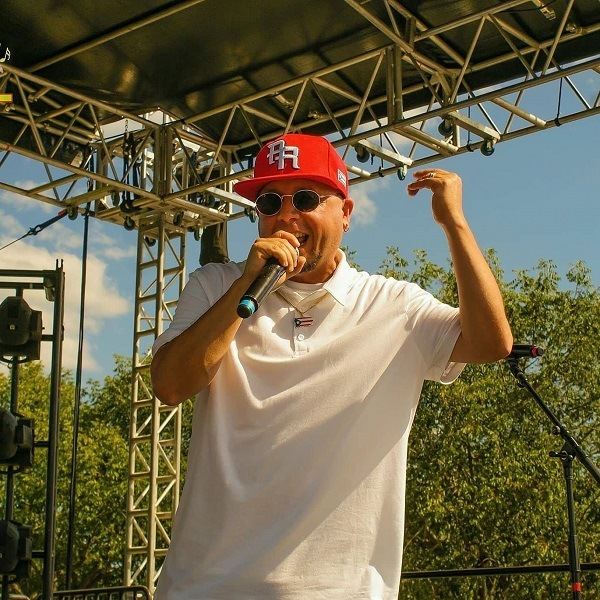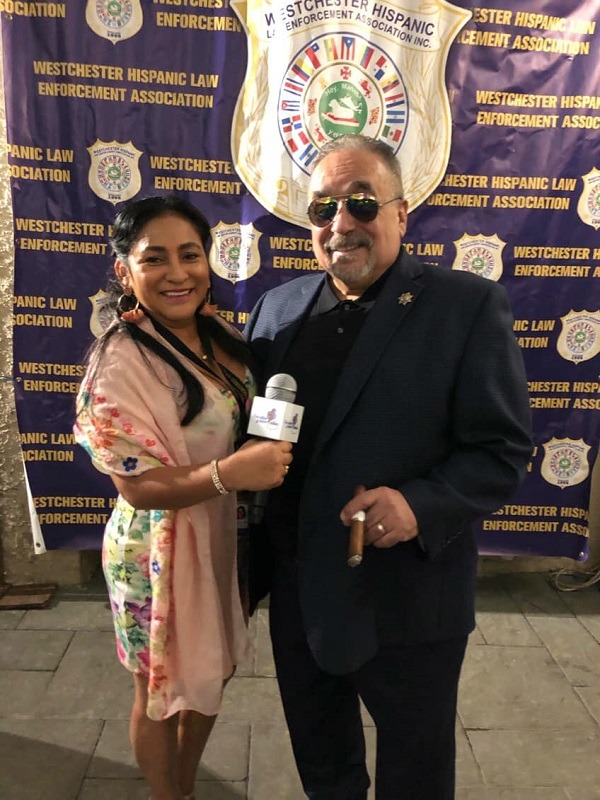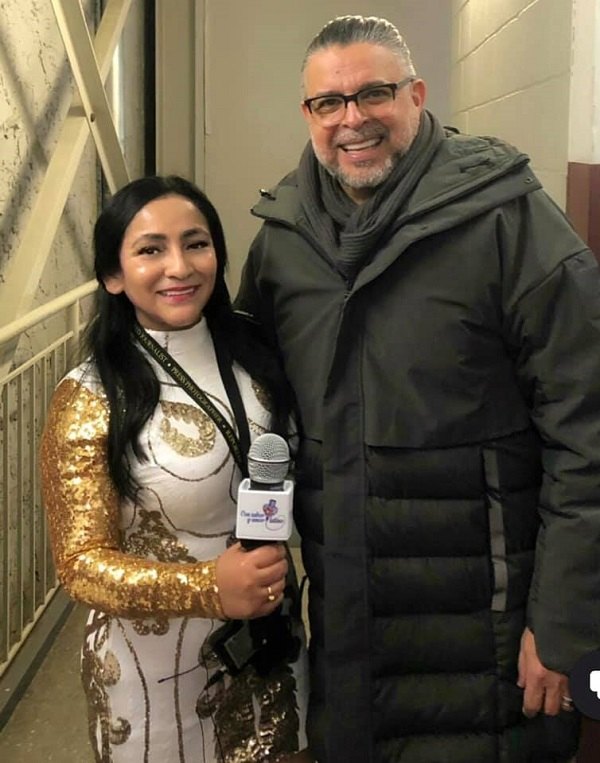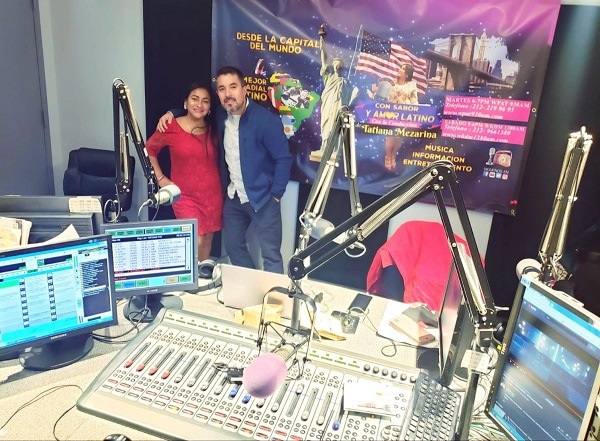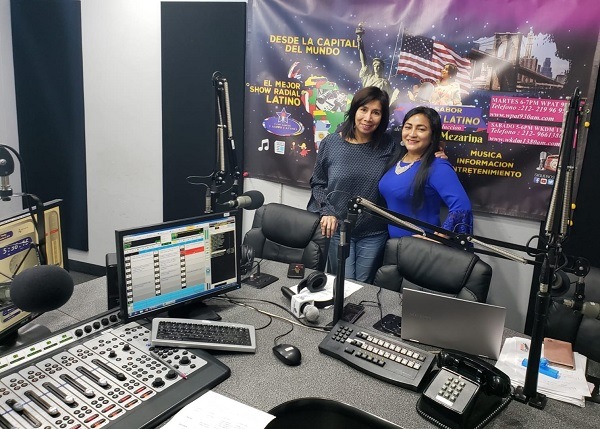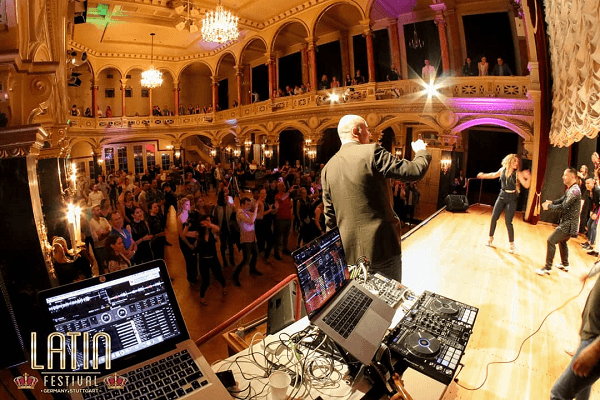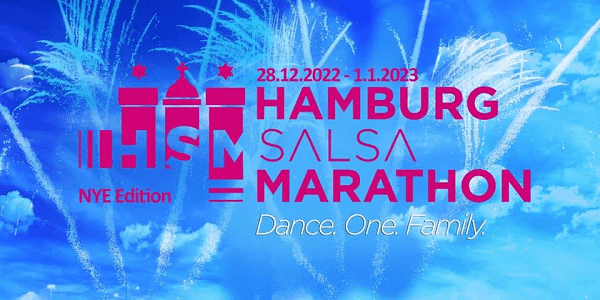Music and personality
There are many things to say about music and what it reveals about people who listen to it, especially when we are talking about certain musical genres in particular. It has been said that fans of a certain genre behave in a certain way and fans of another have a totally different behavior, while there are others who say that you can’t judge a person based on musical tastes, but how true is the latter?
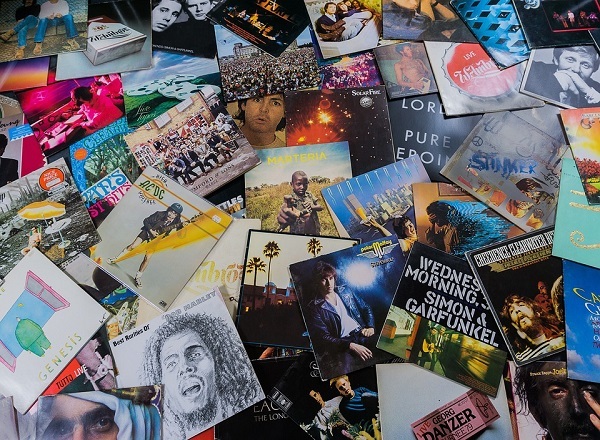
There have been many studies showing this alleged relationship between the kind of music we enjoy and our personality and the way we are, but there are many who claim that this is a mere myth and that someone should not be analyzed based on the music they listen to. In this material, we will try to shed a little bit of light on this interesting and topìcal issue.
Why do we like one genre or another?
Something very important to know to better understand this topic is that the music we like now was not a product of chance, but of a number of factors to consider and one of them is the power and presence of music in our lives. It seems that every moment or situation we live has a soundtrack that fits perfectly well in what we are experiencing and feeling. We can all link one or several songs with something we are living, whether a party, social event, religious ritual, mourning for the lost of a loved one, love breakup, work stress, among other things.
Is that all of us have listened to music practically from pregnancy, at which time sounds are already familiar to human beings. Since then, our brain begins to associate all this information sonically speaking and translates it as memories or feelings in the future. That is why a certain cong can get us to remember past experiences, whether a person or a situation that made us feel a certain way.

What happens is that this piece of music leads our neurons to make very special connections that would not occur in another situation. Of course, the same piece would not evoke the same memories and sensations for everyone, as each case is very particular and specific. A song or melody can make someone look back on a failed love relationship, while another person can reflect on the value of friendship. It is all about understanding the environment and personal experiences.
Who are we based on our musical tastes?
One of the most important aspects to consider is that we are not going to choose the same kind of music for a party as we would listen to staying alone at home on a rainy afternoon, as well as we do not usually like just one kind of music, but many. It all depends on the occasion and state of mind in at the moment. However, everyone has a special interest in certain genres people listen to spontaneously and without impositions. These genres are usually associated or resemble each other, so it is not uncommon for a salsa lover to also like merengue and bachata.
In a 2007 study conducted by psychologists Adrian C. North and David J. Hargreaves from the University of Leicester in the United Kingdom entitled ”Lyfestyle Correlates of Music Preference: 1. Relationships, Living Arragements, Beliefs, and Crime”, it is suggested that musical tastes may be indirectly related to individual lifestyle.

In this study, 2532 volunteers replied to a questionnaire asking them to indicate their musical tastes in a very specific way and talk about their lifestyles, interpersonal relationships, living conditions, economic situation, moral values, criminal record, vices, among other things. After analyzing the responses, we can see that there is an intimate connection between what respondents listen to and the way they live.
In the end, it was concluded that musical preferences can be taken as a means of discriminating between diverse lifestyles and liberal or conservative beliefs. In the vast majority of cases, ”liberal” music fans should have liberal lifestyles and customes, some of whom may become antisocial. In the opposite case, classical music lovers disployed much more conservative lifestyles and even showed more respect for the law.
Of course, these results cannot be taken as an absolute truth, as not everything is written on this subject. It is important to pursue research on this subject to reach further conclusions and take into account the new tools provided by science and technology.
Read also: Shoemaker and shoe designer Carlo Farroni

